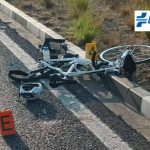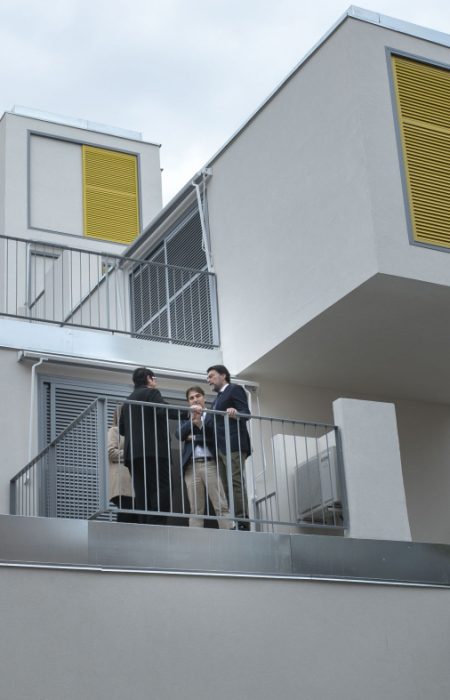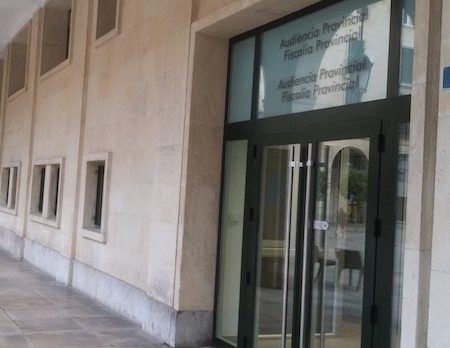The Spanish Socialist Workers’ Party (PSOE) agreed with a new study that said an earthquake like the one in Torrevieja in 1829 would kill thousands of people because of the increased population along the coast, which is more than 500% higher than it used to be. A lot of news sources across the country have reported on the research that shows that the earthquake in Torrevieja killed almost 400 people.
According to the study that was released, a population like the one in the 1800s and an earthquake like the one that happened in 1906 would likely kill about 5,000 people. In the summer, that number could rise to 11,000, and the economy would lose about €100 billion.
About Science
Scientists from Spain did these calculations by putting geological and demographic information into a tool used by the US Geological Survey. They say that this tool can be used to get ready for disasters “that we know will happen again,” but they don’t know when.
Building up cities
During the Torrevieja earthquake, it was hard to save people because the buildings were actually swallowed by the ground (a process called liquefaction), and all the bridges over the Segura River fell.
“Therefore, it is important to clearly establish access and evacuation routes for emergency services, especially in an area with unsustainable urban and tourism development, which, according to experts, implies 400% greater vulnerability,” Bárbara Soler said.
The possibilities looked at would all need help from other countries, and many of them would cause losses in life and property for which the country is “not prepared.”
Not caring
In a social media film, the socialist spokesperson said that in this situation, it is important to know what the Torrevieja City Council is doing.
Soler wants to know if the city has had a seismic study, if there is a map of vulnerable buildings that can be used to keep an eye on them, and if there is a plan for their rehabilitation and adaptation to current earthquake-resistant regulations. He also wants to know if there is a prevention and response strategy that tells people what to do to stay safe.
Drills and events
The Socialists brought up all of these issues in the general session and called the answer “worrying.”
“They said that people had talked about earthquakes and that there are two seismometers, since almost every city is at risk of earthquakes.” There is a Seismic Risk Plan, which is required and was just passed. In schools, there are drills and classes, and the City Council has worked with Ars Creatio. This group does great work, but one project can’t be thought of as reducing the risk of earthquakes.
The Popular Party, on the other hand, agreed that more work needs to be done on things like updating the seismic risk map, coordinating institutions, continuing information efforts, and putting early warning systems in place. The spokesperson said, “In other words, everything important remains undone.”
Over the top growth
That’s what the Socialists think about the Popular Party: “fostering exorbitant population growth for which not even its services or infrastructure are sufficient.” Because “bad news for the people, they haven’t learnt anything.” Soler stressed, “Not from the study, not from the disaster, not from the fires, not from COVID, nothing from emergency management.”









No Comment! Be the first one.